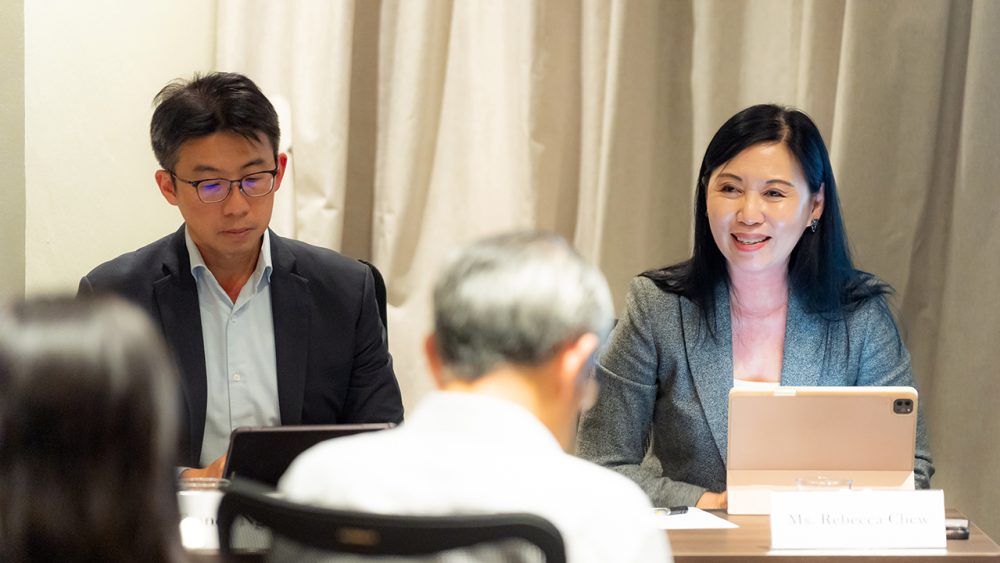Mediation stands out from other dispute resolution processes because participants are less constrained by fixed external rules. This flexibility allows mediators to navigate the dynamic interactions between parties and explore a wide range of possible outcomes.
However, this versatility also results in uncertainty in terms of standard and quality. In this light, clarity of core principles such as party autonomy, mediator neutrality, and confidentiality become critical in establishing an ethical framework for mediation practice.
The integration of mediation into legal systems strengthens the rule of law. Particularly for vulnerable clients for whom traditional adversarial processes are either financially prohibitive or physically daunting, mediation increases access to justice.
However, making mediation a truly just process requires us to invest effort. For mediation to lead to resolution and psychological closure, the participants must feel that the process was fair.
This article highlights key insights from a recent expert panel discussion organised by Sage Mediation Institute for Leadership Education (SMILE) on the practical application of mediation ethics in cases involving traumatized and vulnerable individuals. Mediators, advocate, and policymaker shared thought-provoking perspectives on the ethical principles that must guide our engagements with vulnerable parties in a commercial mediation.
Efforts of the Singapore courts to encourage the use of mediation have increased the use of mediation for disputes from a broadening range of domains. As a consequence, the rate of participation of vulnerable individuals has been rising. This trend is noteworthy because much of the existing mediation literature and training assume that mediation participants are rational actors. In practice, this is more often the exception than the norm.
In commercial mediations, vulnerability can also occur when one party is at a significant disadvantage due to factors such as power imbalances, time or financial constraints, or emotional distress. A mediation client’s vulnerability may stem from traumatic events which has weakened his or her lucidity during the mediation.
The panellists highlighted that mediations involving vulnerable clients can become emotional for everyone involved, including the mediator. When working with traumatised clients, it was essential to recognize the source of the trauma and to acknowledge the individual’s unique response to these experiences. Such responses could include hyper-defensiveness, aggression, and memory-loss.
Meaningfully engaging the traumatised client requires mediators to plan each stage of the mediation.
A few days before the mediation, private meetings with counsel of each side can give the mediator early information about the potential triggers of trauma to avoid. The mediator can then factor these into his mediation strategy. For instance, the mediator can arrange the seating or breakout rooms so that parties would not have to face someone who had previously abused them. Mediators can also outline the process in detail during these pre-mediation meetings. Counsel can then suggest refinements which can help their clients feel psychologically safer. The aim is to increase the parties’ ownership of the process and instil confidence that they will be given ample time to decide.
During the mediation, a mediator’s alertness to signs of trauma can make a significant difference in the process.
Ms Laila Ollapally, Founder of CAMP Mediation, explained that hyperarousal or hypervigilance are natural protective responses of a trauma victim to trigger events. Recognising these behaviours in time can enable the mediator to prevent a complete mental crisis and allow a meaningful conversation to flow.
Ms Rebecca Chew, Co-Head of Medical & Healthcare Disputes at Rajah & Tann, pointed out that even as a mediation advocate, one should not shy from demonstrating empathy and active listening when encountering vulnerability from the counterparty. Honesty with one’s emotions can help parties feel heard. Showing that she had been emotionally moved did not preclude her from being firm in upholding her client’s interest when negotiating the terms of the settlement. On contrary, because she had showed that she was respectful of the counterparty’s feelings, they were better able to accept her reasons for the proposed terms.
Mr Aloysius Goh, CEO of Sage Mediation, reminded that when handling employment or workplace disputes, some ethical concerns included the confidentiality of mediation information. He noted that in some instances when the company paid for the mediation, they expected the mediator to divulge mediation information. For the staff involved this could be disadvantageous if it was not made known beforehand. As such, if any mediation information was to be shared, all parties must be informed in advance and provide their consent. The mediator must also know that what he says may also be revealed.
After a mediation, it was always advisable for the advocate to have a post-mortem session with the client, regardless of the outcome. The debriefing session should allow some of the stress to be ventilated and the advocate can help the client make sense of the outcome. One way was to revisit the goals that had been jointly set during the pre-mediation stage and then helping the client to arrive at a psychological closure.
As mediation becomes more widely used, mediation professionals have a crucial responsibility to uphold high ethical standards to protect the people we seek to serve. Mediation’s transformative power lies in its innate dynamism. There is no one-size-fit-all process. We must be intentional in shaping the mediation process so that everyone leaves feeling respected and empowered.


